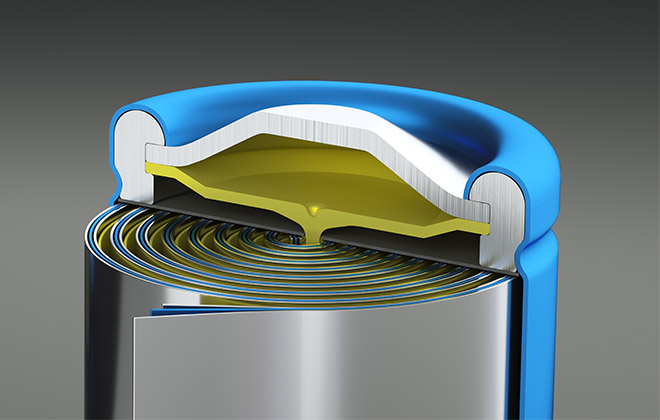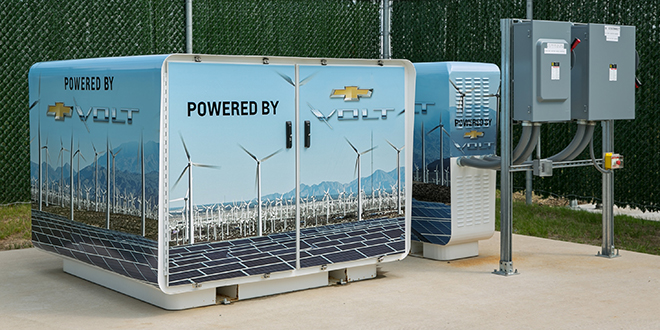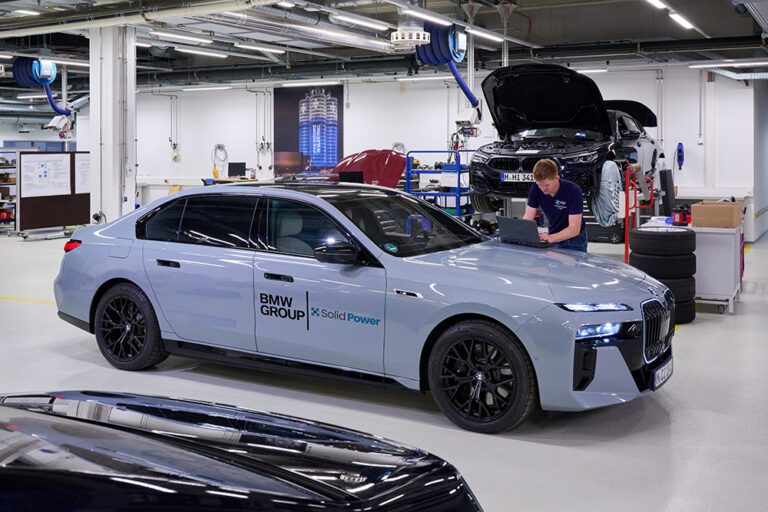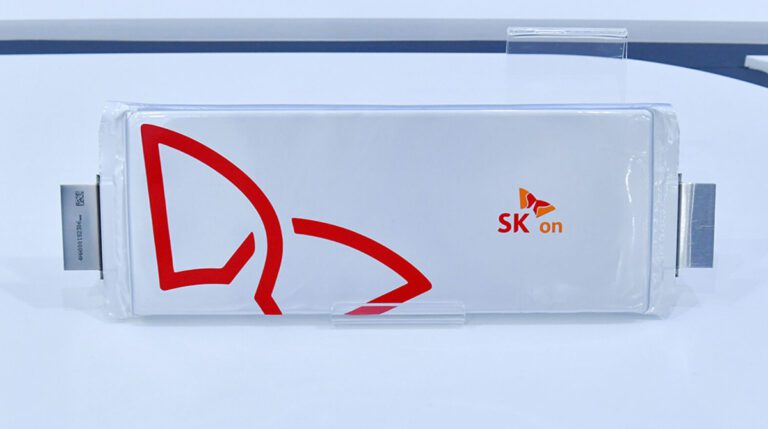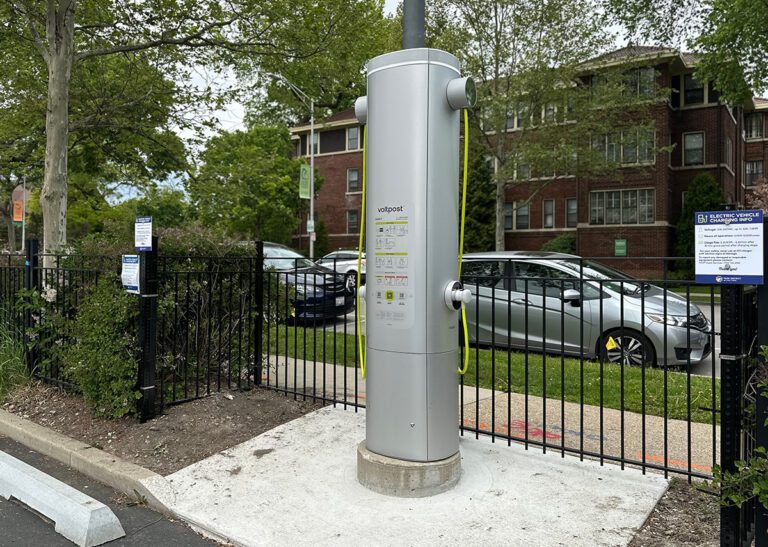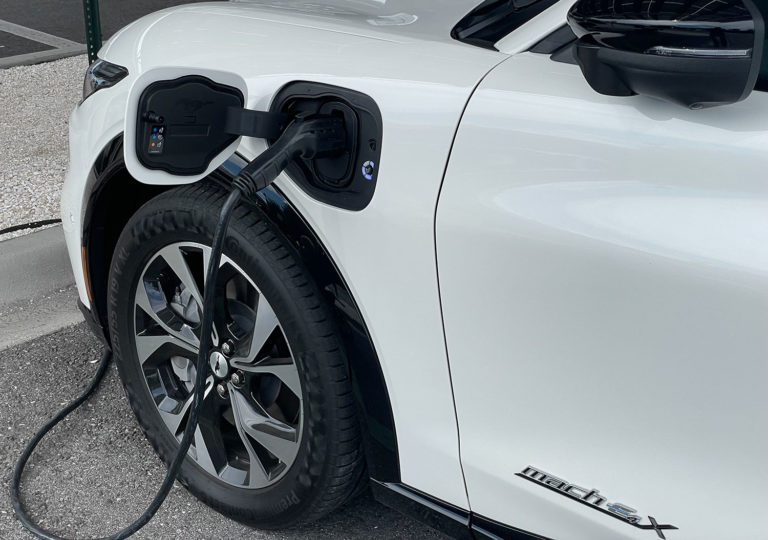Lithium-metal batteries, which use anodes made of lithium metal rather than graphite, could offer great improvements in energy density and weight. The DOE’s Battery 500 Consortium has set a goal of developing lithium-metal EV batteries with triple the energy density of today’s Li-ion cells. Now scientists at Stanford University and the SLAC National Accelerator Laboratory… Read more »
Search Results Found For: "Ford Pro"
New machine-learning method could supercharge EV battery development
Battery performance can make or break the EV experience, from driving range to charging time to the lifetime of the car. A team led by Stanford Professors Stefano Ermon and William Chueh has developed a machine-learning algorithm that could lead to longer-lasting, faster-charging batteries. For decades, advances in EV batteries have been limited by evaluation… Read more »
Nissan, GM and Toyota repurpose used EV batteries for stationary storage
Tesla may have made it trendy, but the California company is far from the only automaker exploring the commercial energy storage market, which is expected to grow from $200 million in 2012 to $19 billion in 2017, according to research firm IHS CERA. Nissan has joined forces with Green Charge Networks to deploy second-life EV… Read more »
Former Secretary of Energy Steven Chu joins board of Amprius
Dr. Steven Chu, a Nobel Prize winner in Physics and the former US Secretary of Energy, has joined the Board of Directors of Amprius, a developer of lithium-ion batteries with operations in California and China. Amprius, co-founded by Stanford Professor Yi Cui, introduced its first generation of batteries in May 2013, and it is now… Read more »
BMW Group and Solid Power test solid-state battery cells in a BMW i7
German automaker BMW is testing large-format, all-solid-state battery (ASSB) cells from Solid Power in a BMW i7 it is operating in the Munich area. The concept battery integrated into the BMW i7 test vehicle combines a Gen5 construction approach, placing prismatic cells in modules, and new module concepts. The use of solid power cells with… Read more »
Slate selects SK On as EV battery supplier
South Korean battery and trading company SK On, part of South Korea’s second-largest conglomerate SK Group, has been selected as the battery supplier for US-based electric vehicle startup Slate, highlighting its expanding presence in the US market. SK On will supply Slate with around 20 GWh of US-manufactured batteries starting in 2026 through 2031, and… Read more »
Voltpost deploys its first lamppost EV charger
Urban EV charging was once thought to be an intractable problem (the Plight of the Drivewayless), but the solution (as demonstrated in Oslo, Amsterdam and London) turns out to be fairly straightforward: lots and lots of curbside Level 2 chargers. That’s not to minimize the magnitude of the projects ahead—companies must work with municipalities to… Read more »
Leap and ChargeScape envision a nationwide EV virtual power plant
Leap, a platform for building and scaling virtual power plants (VPPs), and ChargeScape, a joint venture of Ford, Honda, BMW and Nissan that provides managed charging to EV owners, have announced a new partnership to accelerate EV participation in grid services programs. Together, the companies aim to build “the nation’s largest EV virtual power plant.”… Read more »
John Deere to invest $13.5 million to expand Missouri remanufacturing facility
John Deere, the maker of agricultural, construction and forestry equipment, will invest $13.5 million to expand its John Deere Reman Core Center facility in Strafford, Missouri, by 120,000 square feet (11,148 square meters). The facility is used to remanufacture many key John Deere parts, including those for off-highway EVs, used by customers across the globe. The expansion,… Read more »
Electrify your fleet with nothing down with Revolv’s fleet-as-a-service model
Revolv’s fleet-as-a-service model allows companies to pursue electrification without risking any capital. Fleet owners know they need to electrify, but the up-front costs—for vehicles, charging hardware and more—are daunting. And it’s not just a question of finding the capital—investing such large sums in a developing technology that’s outside of a company’s core competency carries substantial… Read more »







